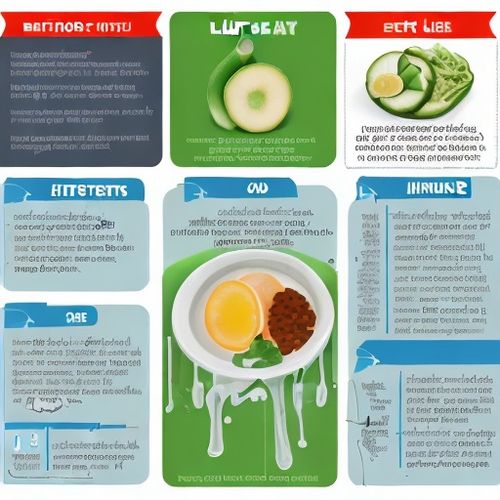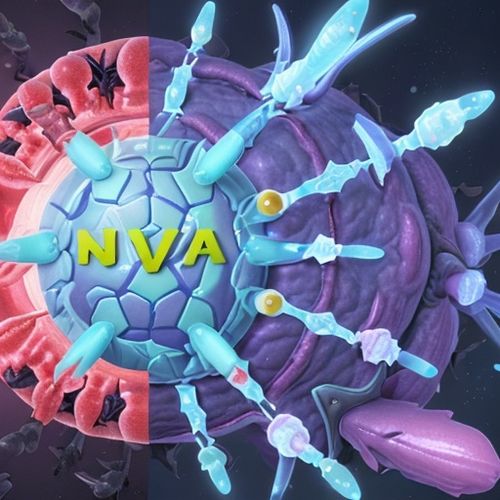The concept of micronutrient bioavailability is a cornerstone in the field of nutrition, influencing dietary recommendations and public health strategies worldwide. Unlike macronutrients, which provide energy, micronutrients—vitamins and minerals—are required in smaller quantities but play critical roles in metabolic processes, immune function, and overall health. However, the mere presence of these nutrients in food does not guarantee their absorption or utilization by the body. Bioavailability, the proportion of a nutrient that is absorbed and utilized, varies widely depending on dietary composition, food matrix, and individual physiological factors.
Understanding bioavailability requires a deep dive into the complex interplay between nutrients and the human digestive system. For instance, iron from plant sources (non-heme iron) is far less bioavailable than iron from animal sources (heme iron). This discrepancy arises because non-heme iron is more susceptible to inhibition by dietary components like phytates and polyphenols, which bind to the mineral and prevent its absorption. Conversely, vitamin C can enhance non-heme iron absorption by reducing it to a more soluble form. Such interactions underscore the importance of considering the entire dietary context rather than isolated nutrients when assessing bioavailability.
The role of food processing in micronutrient bioavailability cannot be overstated. Traditional methods like fermentation, soaking, and germination have been shown to reduce antinutritional factors in grains and legumes, thereby improving the bioavailability of minerals like zinc and iron. Modern processing techniques, however, may have mixed effects. While some methods increase bioavailability by breaking down cell walls and releasing bound nutrients, others may lead to significant nutrient losses due to heat or oxidation. For example, the milling of wheat removes the nutrient-rich bran and germ, drastically reducing the bioavailability of B vitamins and minerals present in the whole grain.
Individual physiological factors further complicate the bioavailability equation. Age, health status, and genetic predispositions all influence how efficiently nutrients are absorbed and utilized. For example, older adults often experience reduced gastric acid secretion, which can impair the absorption of vitamin B12 bound to protein. Similarly, individuals with certain genetic polymorphisms may require higher intakes of folate or vitamin D to achieve optimal blood levels. These variations highlight the need for personalized nutrition approaches that account for individual differences in nutrient requirements and absorption efficiency.
Emerging research is shedding light on the gut microbiome's role in micronutrient bioavailability. The trillions of microorganisms residing in the human gut can synthesize certain vitamins, such as vitamin K and some B vitamins, and may also influence the absorption of minerals like calcium and magnesium. Disruptions to the gut microbiota, whether through antibiotic use or poor dietary habits, can therefore have far-reaching implications for micronutrient status. This burgeoning field of research promises to revolutionize our understanding of bioavailability and open new avenues for improving nutrient absorption through targeted dietary interventions.
Public health initiatives aimed at addressing micronutrient deficiencies must grapple with the challenges posed by variable bioavailability. Fortification programs, for instance, often use highly bioavailable forms of nutrients to maximize impact. However, the success of such programs depends on careful consideration of local dietary patterns and potential interactions between fortified nutrients and other dietary components. Supplementation, while sometimes necessary, is not a panacea, as the body's ability to absorb large doses of certain micronutrients may be limited. A food-based approach that emphasizes diverse, nutrient-rich diets remains the most sustainable strategy for ensuring adequate micronutrient intake across populations.
As our understanding of micronutrient bioavailability continues to evolve, so too must our approaches to nutrition research and policy. Traditional methods of assessing nutrient requirements, which often rely on static measures of dietary intake, may need to be supplemented with dynamic models that account for bioavailability and individual variability. The development of novel biomarkers and advanced analytical techniques will be critical in this endeavor, enabling more precise assessments of nutrient status and absorption. Ultimately, unlocking the full potential of micronutrients to support human health requires a nuanced appreciation of the complex factors that govern their bioavailability.

By Sarah Davis/May 19, 2025

By Natalie Campbell/May 19, 2025

By George Bailey/May 19, 2025

By Lily Simpson/May 19, 2025

By David Anderson/May 19, 2025

By Olivia Reed/May 19, 2025

By Amanda Phillips/May 19, 2025

By Sophia Lewis/May 19, 2025

By Olivia Reed/May 19, 2025

By Emily Johnson/May 19, 2025

By John Smith/May 18, 2025

By Eric Ward/May 18, 2025

By Jessica Lee/May 18, 2025

By Jessica Lee/May 18, 2025

By Sophia Lewis/May 18, 2025

By Rebecca Stewart/May 18, 2025

By Emily Johnson/May 18, 2025

By Rebecca Stewart/May 18, 2025

By Megan Clark/May 18, 2025

By Megan Clark/May 18, 2025